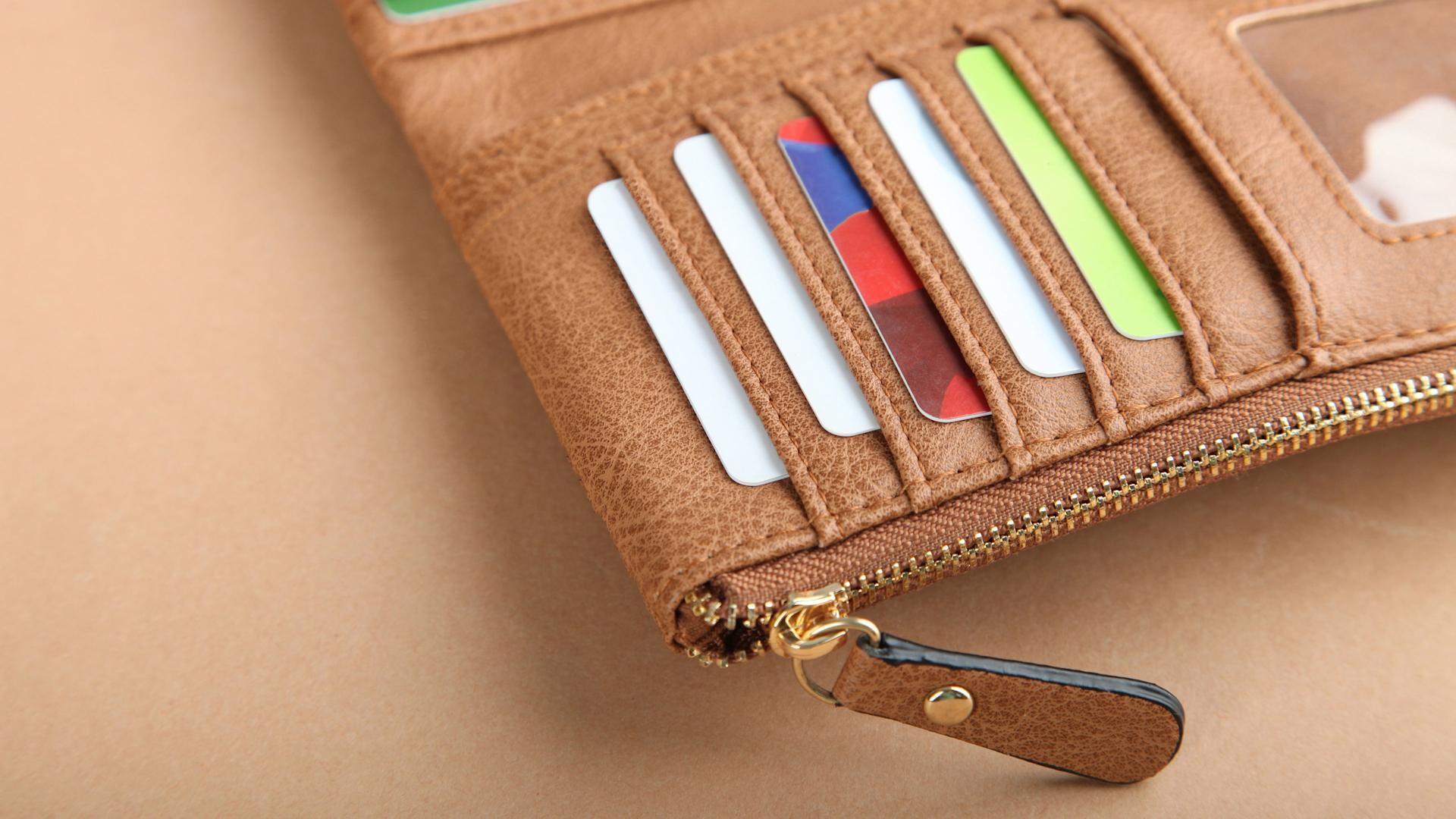
Migros Bank
What does 2026 have in store on the stock market?
If the AI bubble bursts, will the gold price rise even higher? Sacha Marienberg ventures a forecast for 2026.
navigation

Migros Bank
The right personal account can save you a lot of money. We explain how – in five easy steps.
Moving your personal account is worth money. With the right choice, you can benefit from lower fees and higher interest rates. Switching to another bank isn't all that complicated. However, you should bear a few things in mind to ensure that the move goes smoothly. The following five steps will help you.
Check the termination conditions for your current personal account. Some banks require you to give a certain amount of notice if you want to withdraw all of your money (or more) at once. If you don't, you may incur a fee. Make sure that you allow plenty of time to meet any deadlines.
Open a personal account at another bank. When choosing an offer, you should also pay attention to the associated cost: aside from monthly or annual account management fees, there may be charges for things like transfers or additional services, such as account statements in paper form. At Migros Bank, you pay no account management fees. What's more, you receive a Visa debit card free of charge when opening your account.
Notify all important people and bodies about your new bank details, including your employer and landlord, the tax authorities and any service providers. Please note: it may take a few weeks for the change to be implemented everywhere. Also switch all standing orders and direct debits to your new account. This will ensure that your bills will continue to be paid on time.
Check the transactions on both personal accounts. Keep an eye on your new account to check whether your salary, pension and other benefits are paid into it and that recurring payments (for rent, health insurance, subscriptions, etc.) are debited from there. Make sure that you leave enough money in the old account to cover any outstanding payments or fees.
Once all payments have been made or switched to the new account, you can close your old personal account. It’s best to plan a transitional period of a few weeks during which no more transactions should take place involving the old account. This way, you can avoid forgetting important payments. Now notify your old bank that you want to close your personal account. Some banks charge a fee for this.
Sven Illi is a customer advisor at Migros Bank.
Whether you’re interested in science, sustainability, health or saving money – our team of experts is on hand with practical tips and tricks.